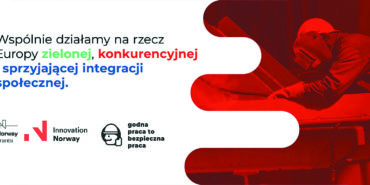What were the beginnings of bilateral dialogue in Poland?
In Polnad bilateral collective agreements after strikes were used since 1919. Bilateral dialogue gained legal foundations in 1937 as a result of the adoption of the Act on Collective Bargaining Agreements. Although it was formally binding until 1974 (i.e. the adoption of the first Polish Labor Code), for obvious reasons, during the Polish People’s Republic, collective bargaining remained a facade institution, and their role was basically limited to legitimacy imposed by the state, industry pay conditions.
In 1991, the rights to conduct collective bargaining were confirmed in the laws on trade unions and employers’ organizations. The legal basis for concluding collective labor agreements was created in 1994 by comprehensive amendment of Section XI of the Labor Code, guaranteeing freedom of negotiations and effective autonomy of the parties. In 2001, the Act on the Tripartite Commission for Socio-Economic Affairs also enshrined the right of representative social partner organizations to conclude agreements specifying mutual obligations of the parties.
Bilateral dialogue in Poland is characterized by far-reaching decentralization. It is conducted primarily at the enterprise level, where, apart from collective labor agreements, various forms of collective agreements are also concluded. At other levels it is still developing insufficiently.




